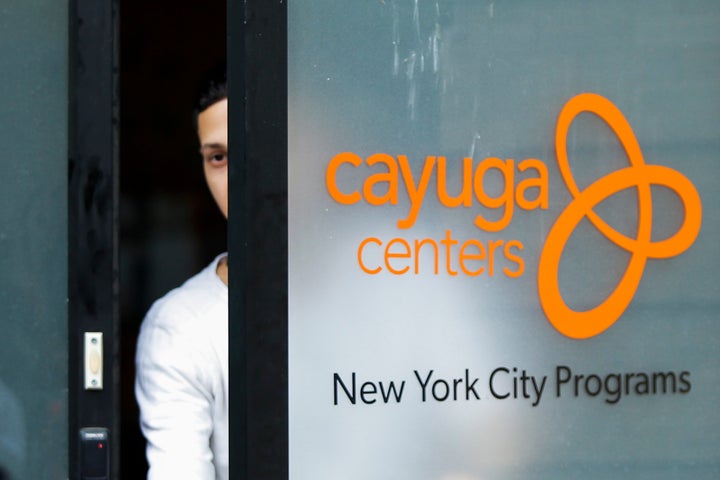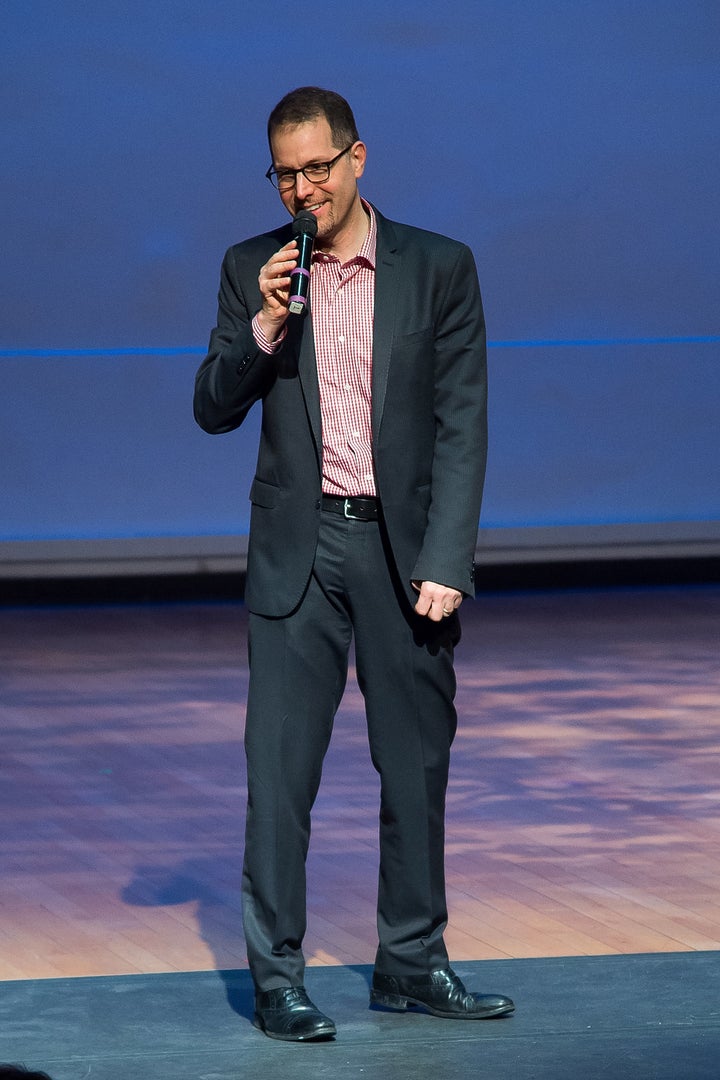
Dr. Daran Kaufman has seen plenty of unaccompanied minors in her years as a physician in New York City. But there’s something different about the recent wave of children who have come through her emergency room after being separated from their parents.
“What I’ve seen in their eyes ― it sat with me,” said Kaufman, director of pediatric emergency services at NYC Health and Hospitals, North Central Bronx. “Which is why I felt the need to speak up.”
Officials estimate that about 700 migrant children, mostly from El Salvador, Guatemala and Honduras, have been brought to New York since President Donald Trump enacted his zero tolerance policy on immigration that called for separating parents and children at the border. While these children have been taken to institutions that have extensive experience with unaccompanied minors, the medical and social services professionals who are treating them are confronting a unique type of trauma. Many are so young they can’t even express their emotional and physical pain.
“The hardest thing is that the younger kids can’t verbalize what they’re going through,” Kaufman said. “It’s much more difficult to help them.”
The bulk of unaccompanied minors typically brought into custody at the border are teenagers, but the children who have been separated from their parents and sent to New York state are much younger. The majority of kids who are being cared for at nonprofit Cayuga Centers in East Harlem, for example, are between the ages of 4 and 10. While adolescents face their own challenges, the younger set often struggles to even provide the information necessary to reconnect them with their parents or other family members in the U.S.

“Some children have notes pinned to them with identifying information, or contact information. It’s not much of a system to rely on,” said New York City Council member Mark Levine (D), who this week visited Cayuga Centers, a nonprofit that’s taken in 243 separated migrant children at its East Harlem location. “It’s just a reminder of the cruelty of the policy. You’re separating children who have no way to fend for themselves and no way to even communicate in certain ways.”
Levine said the youngest migrant at Cayuga was 9 months old. He also met two 1-year-old boys.
While Levine remains concerned about the long-term effects such trauma will have on these children, he said they are getting “really great treatment” at the New York facilities that have taken them in.
After weeks without their parents, many of these children are left feeling hopeless. Kaufman said one migrant child had to be treated for suicide ideation.
Kaufman said there were 12 cases of migrant children who have been admitted to emergency rooms in New York City for physical and emotional issues. They’re mostly experiencing very typical pediatric conditions, like strep throat and constipation, but another challenge is that medical professionals don’t have medical records or information about their medical history to take into account while treating them.
“We’re using clues to try and guess if the patient might have asthma. We don’t know if the patient had allergies,” Kaufman said. “We’re basically detectives when these kids are coming and presenting to our emergency rooms.”
Kaufman said the hospital is working to develop a more efficient system to help keep better track of these patients.
While most of the medical cases Kaufman’s team has seen have been related to physical conditions, in many situations the emotional pain is deeply intertwined.

A foster mother recently brought in a 5-year-old boy she was caring for because he had a cough. The emergency room has toys to help make the kids feel safe and comfortable, but there was nothing the staff could do to brighten the despondent boy’s spirits.
“In his eyes, it was just sadness,” Kaufman said. “He didn’t want to play. He didn’t want to speak. He wasn’t comfortable with the foster mother. It wasn’t because of his medical illness. It was something else going on.”
Medical teams are working together with the nonprofits housing the migrant children to offer medical and psychological treatment. There are at least 10 groups in New York state that have contracts with the federal government to take care of migrant children. Many offer multifaceted therapy and educational programs, and and have years of experience helping children in need.
Cayuga Centers, Rising Ground and the Children’s Village are among the nonprofits supporting separated migrant children. All were founded in the 1800s. In 2014, Rising Ground started its program for unaccompanied minors, who are mostly fleeing violence and gangs, said Meredith Barber, the group’s senior director of institutional advancement. The program provides shelter, support, education opportunities and individualized therapy treatment to address the specific trauma each child has faced. The group also works to find sponsors in the U.S. to take in the children.
The groups also offer support to other vulnerable groups, which include teenage mothers, children with disabilities, and children who have faced abuse or neglect at home.

While these groups have efficient systems in place to provide basic necessities and support, there’s only so much reassurance they can provide when the government itself hasn’t figured out how it’s going to get separated families back together.
Trump announced an executive order last week that would end the policy of separating migrant families, but the reversal likely won’t apply to the more than 2,300 children who were already taken from their parents. Initial efforts to reunify families has resulted in ”total chaos,” said Carlos García, an immigration attorney working on the issue.
Kaufman said she’s concerned about the long-term consequences these children will face after having been forcibly separated from their parents. She’s a member of the American Academy of Pediatrics and echoed the concerns the group expressed earlier this month about the risks the children face.
In the meantime, government officials, nonprofits and donors have been working to create a supportive environment for the children while they work to reunite them with their relatives.
Levine emphasized that many children will end up placed with sponsors, who could be an aunt or a cousin, rather than reunited with their parents. Of the children at Cayuga who have been placed so far, he said that few have been reunified with their parents.

For the migrant children brought to New York, Levine estimates that 10 percent have family in New York City and 25 percent have family in the surrounding areas. The rest would have to travel to connect with family.
The children who were placed at Cayuga Centers spend their days at the facility, which functions like a school, and the children get access to educational programming, medical treatment and therapeutic support. At night, they are sent to stay with foster families that they’ve been matched with based on the family’s cultural background. The families are bilingual and undergo extensive training beforehand. Children remain with them for an average of two weeks to a month, according to the Cayuga Centers’ website.
The city, however, is in short supply of families who meet the qualifications, which include speaking Spanish.
Levine said one family has taken in six children and another has taken in seven, because the need is so great.
Donors, however, have made sure that the children have “everything” they could need, Levine said. The council member put out a call on social media last week for donations of diapers, clothes, toys and other supplies. Within days, his office received several tons of donations, more than the agencies can process. He’s now looking for volunteers who can make deliveries. These groups are collecting cash donations, which they can allocate to the programs that need it most.
But the focus remains on getting families back together.
“Every minute, every hour that they’re separated from their parents is a minute or hour too long, because of the emotional trauma,” Kaufman said. “It’s just too deep.”
